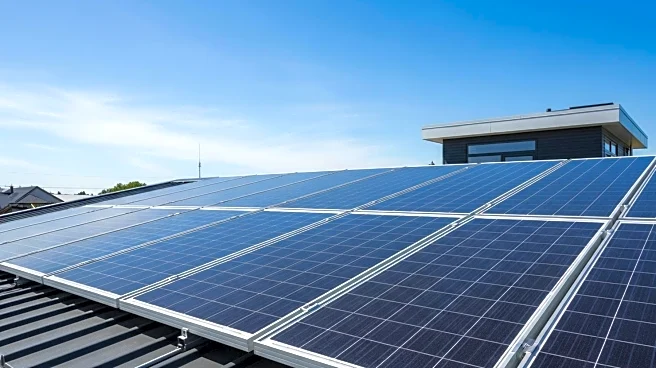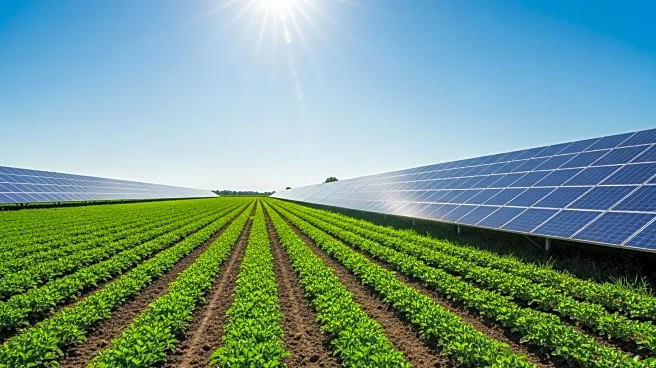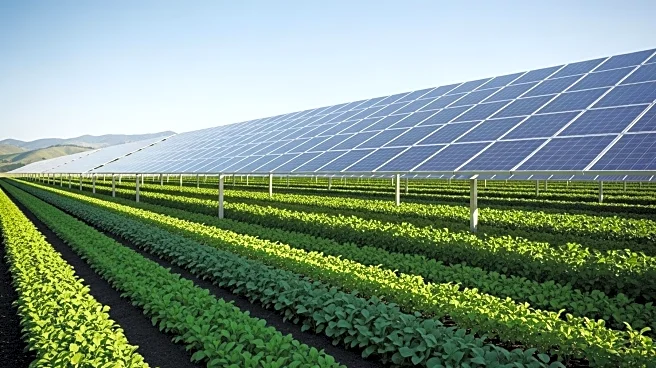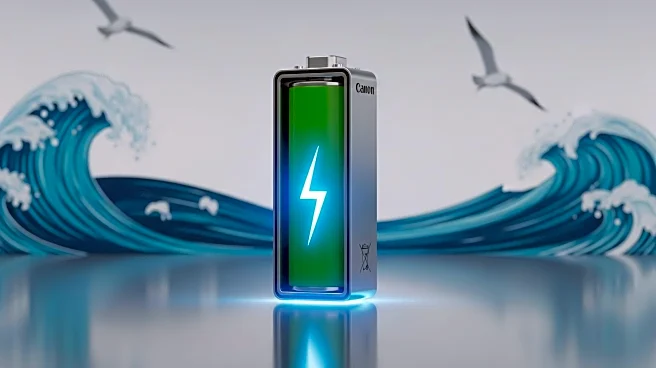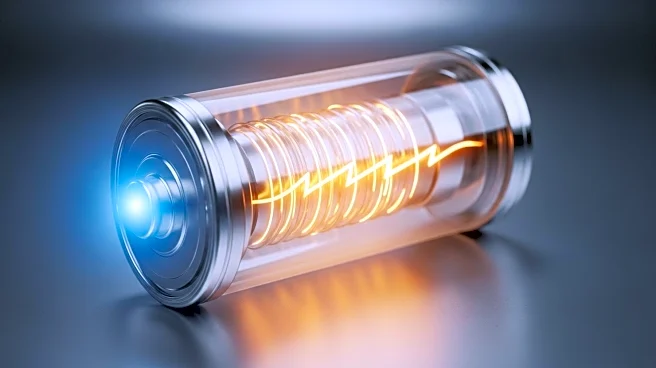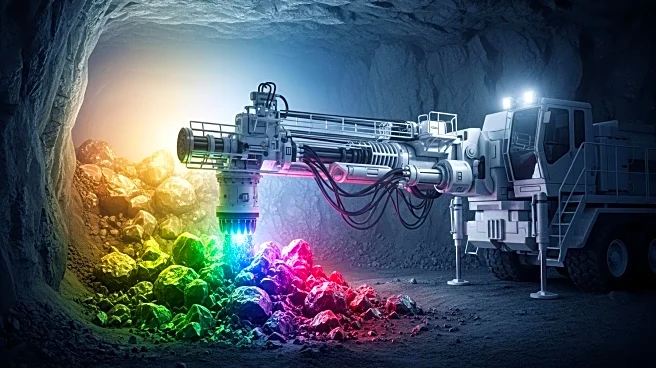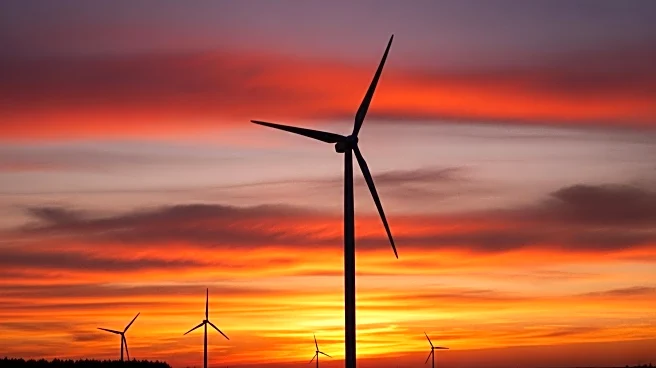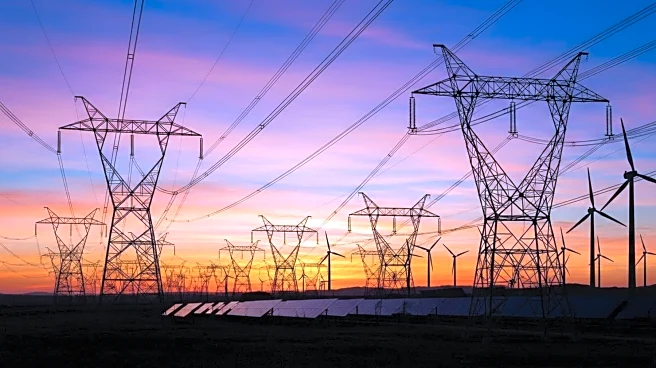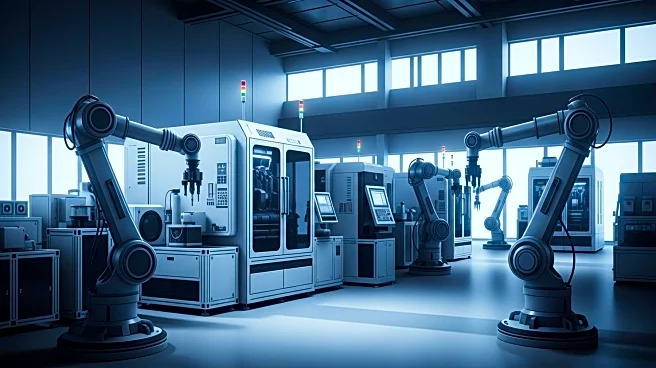What's Happening?
Homeowners across the United States are hastening to install battery storage systems to take advantage of a 30% tax credit before it expires on December 31, 2025. This credit, part of the One Big Beautiful Bill Act (OBBBA), applies to the cost of battery storage systems installed through the Residential Clean Energy Credit. The impending deadline has led to increased demand, causing supply chain challenges and potential installation delays. The urgency is further intensified by an Executive Order reinforcing the expiration date, prompting homeowners to act swiftly to qualify for the tax credit.
Why It's Important?
The expiration of the 30% tax credit represents a significant financial opportunity for homeowners to invest in battery storage systems, which offer benefits such as energy independence and protection from fluctuating electricity prices. The increased demand highlights the growing interest in sustainable energy solutions, including advanced technologies like radioactive diamond batteries. The situation underscores the importance of early planning and action to secure installation timelines and financial incentives, as the clean energy sector faces mounting pressure to meet the surge in customer requests.
What's Next?
As the deadline approaches, homeowners and the industry must navigate supply chain challenges and increased demand to fully embrace the benefits of battery storage systems. Timely actions and strategic planning are crucial to ensure installations are completed before the tax credit expires. The outcome will depend on the ability of contractors to meet the surge in demand and the willingness of homeowners to invest in sustainable energy solutions.
Beyond the Headlines
The rush to install battery storage systems reflects broader trends in the energy landscape, with technological advancements promising a more sustainable future. The expiration of the tax credit could drive further innovation in battery technology, as homeowners seek economically viable solutions to enhance grid resilience and store energy during peak pricing times.


